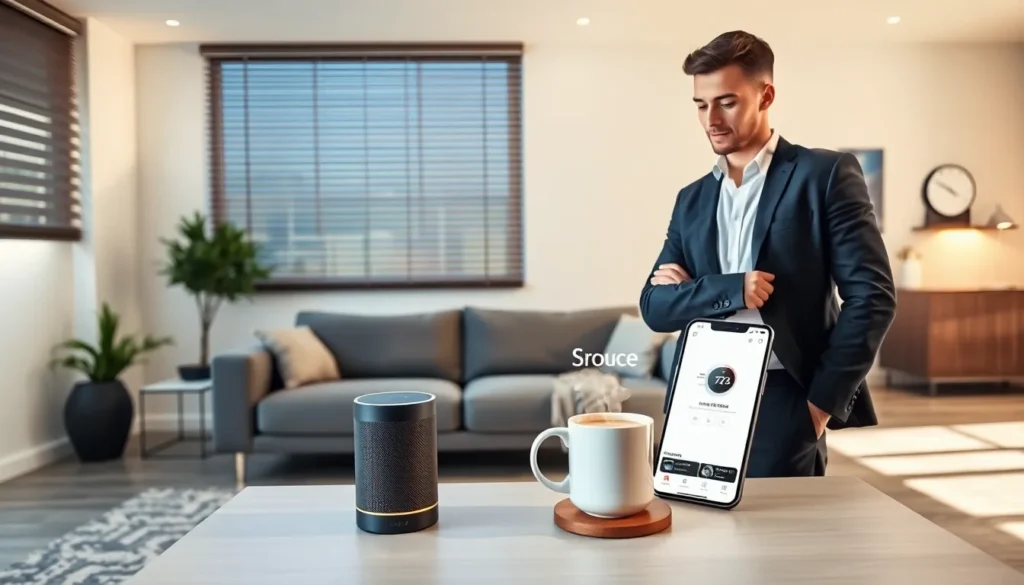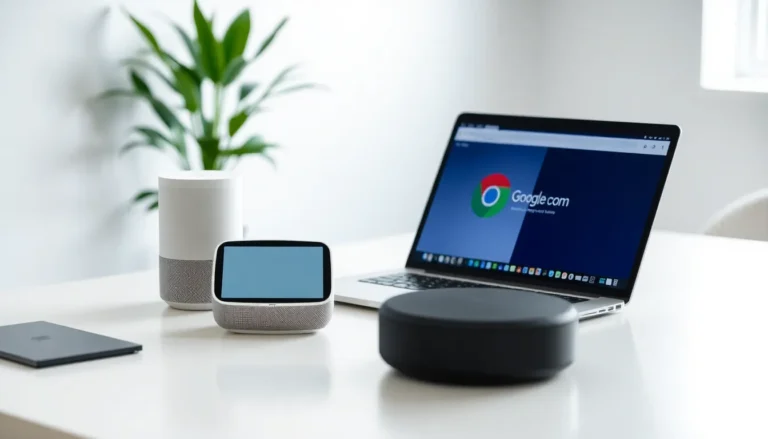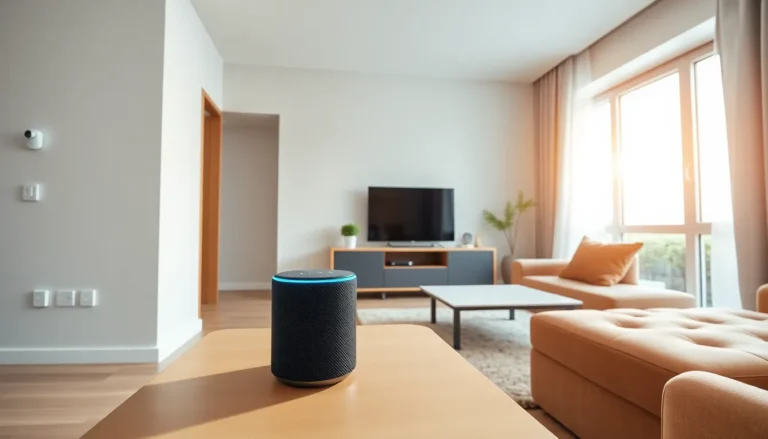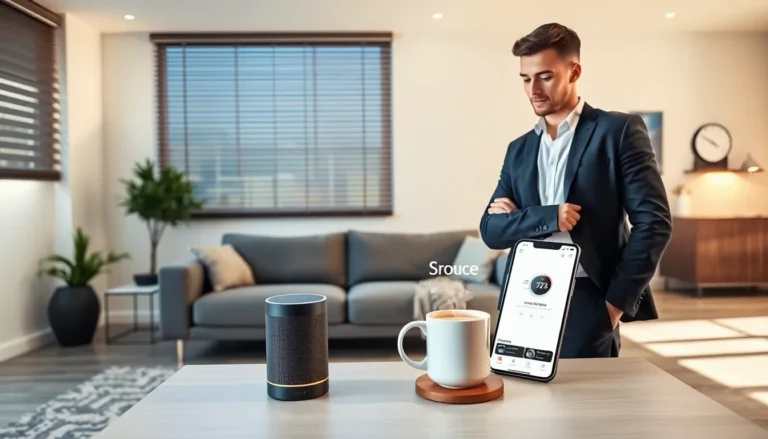Table of Contents
ToggleImagine waking up to the aroma of freshly brewed coffee, the blinds automatically lifting to stream in sunlight, and your favorite playlist softly playing in the background, all before you’ve managed to tie your shoes. Welcome to the world of smart homes, where technology seamlessly integrates into daily life, making living not just easier but downright enjoyable. If you’ve ever thought about turning your home into a tech-savvy paradise, then stick around. This article will unravel the mysteries of smart homes, and trust us, it’s not as scary as it sounds.
Understanding Smart Homes
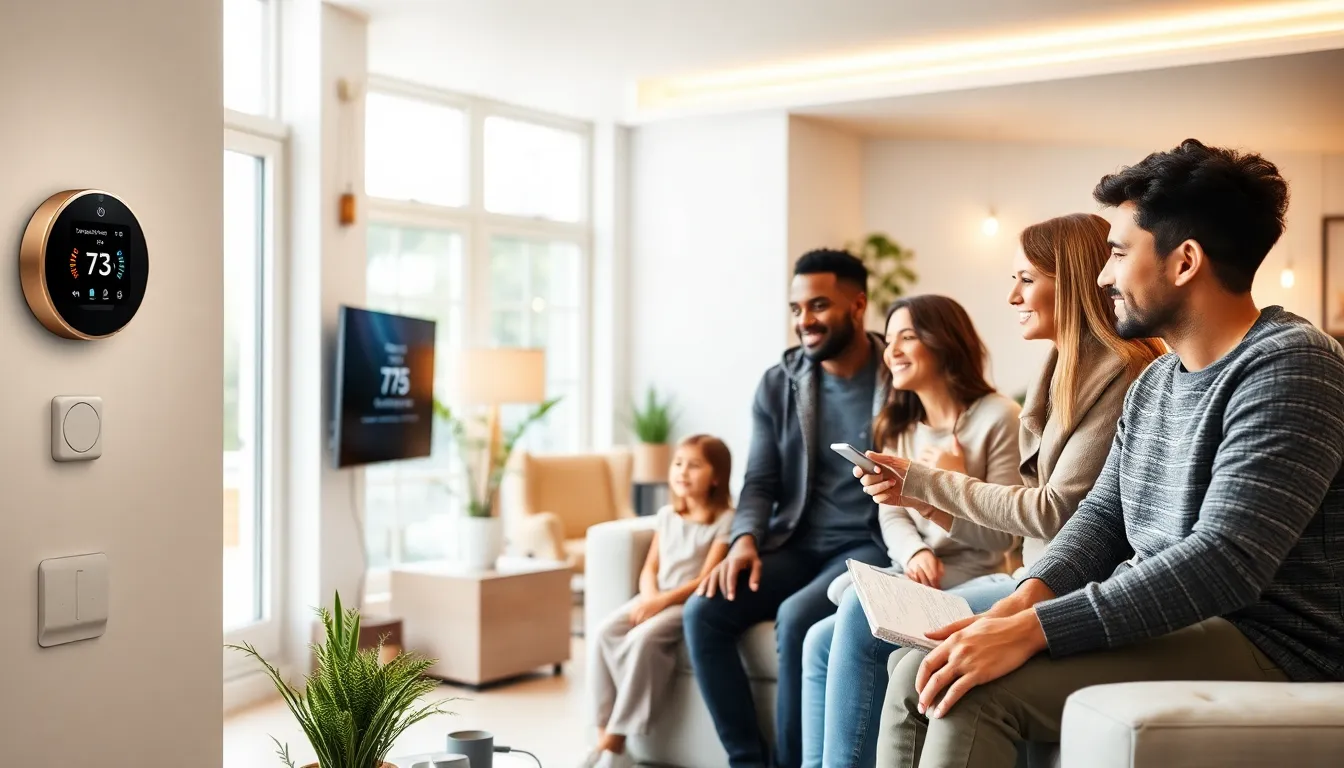
A smart home refers to a residence equipped with devices and appliances that connect with each other through a network, allowing for remote management. Think of it as your very own digital assistant that can control various aspects of your living space. Smart technology has evolved remarkably over the last decade, shifting from novelty items to essential tools that enhance daily living.
From voice-activated assistants to smart thermostats, these advancements allow homeowners to manage their environments with greater ease. Integration and interoperability are at the core of this technology. Different devices can communicate, allowing for a fluid smart ecosystem that makes life easier.
For instance, if a homeowner leaves for work, a smart security system can be activated, lights turned off, and the thermostat adjusted, all with a single command. This level of convenience not only elevates lifestyle but also promotes energy efficiency, a growing concern in the modern world.
Key Components of a Smart Home
The heart of any smart home lies in its components. These usually consist of:
- Smart Speakers and Assistants: Devices like Amazon Echo or Google Home serve as the command center for your home, responding to voice commands and controlling other smart devices.
- Smart Lighting: Smart bulbs and systems allow users to change lighting colors, set schedules, and even control usage remotely, leading to significant energy savings.
- Smart Thermostats: These devices can learn a homeowner’s schedule, automatically adjusting temperature settings to optimize comfort and energy use.
- Security Systems: From smart locks to security cameras, these components provide peace of mind and can be monitored via smartphones.
- Home Appliances: Think of smart fridges that alert you when you’re low on groceries or ovens that can be preheated remotely.
While it may seem overwhelming, the beauty of this technology is its ability to connect seamlessly. Users can personalize their experiences according to their preferences and daily routines.
Benefits of a Smart Home
Smart homes offer a plethora of advantages that cater to a variety of needs.
- Convenience: Imagine controlling your entire house with a single app or voice command. No more running from room to room to turn on lights or adjust the thermostat.
- Energy Efficiency: Smart devices can help monitor and regulate energy use, eventually lowering bills. For instance, smart thermostats adjust heating and cooling based on occupancy.
- Security: Enhanced safety features allow homeowners to monitor their property in real-time. They can receive alerts for unusual activities, and some systems even provide facial recognition technology.
- Customization: From pre-setting routines to adjusting mood lighting, smart homes can cater specifically to individual needs and lifestyles.
- Increased Property Value: Increasingly, homebuyers are seeking out smart features, making them a worthy investment for those looking to sell.
The integration of smart technology into homes embodies the blend of comfort and efficiency that the future of living promises.
Challenges and Considerations
While smart homes sound fantastic, they come with their own set of challenges.
- Cost: Upfront investments can be steep, particularly for multi-device integration. But, many find the long-term savings outweigh these initial costs.
- Connectivity: Strong Wi-Fi connectivity is a must to ensure smooth operation of devices. Weak connections can hinder performance and frustrate users.
- Privacy Concerns: With smart technology always listening and monitoring, concerns arise about personal data security. It’s crucial to choose reputable devices and understand privacy settings.
- Complexity: Installing and managing multiple devices can be daunting for some. Users may face a learning curve and will need to invest time to familiarize themselves with their systems.
- Integration Issues: Not all devices communicate well with each other, leading to potential frustrations. Choosing devices compatible with existing systems is key.
Smart Home Automation Solutions
For those eager to embrace the smart home lifestyle, various automation solutions can help.
DIY systems like smart home hubs (think SmartThings or Apple HomeKit) allow users to create tailored experiences, integrating a multitude of devices from different brands.
Homeowners can establish routines or scenes, such as waking up to gradually brightening lights and soft music, or setting an evening routine that locks doors, dims lights, and lowers the thermostat.
Also, smart home services provided by professionals are an option for those who prefer a hands-off approach. These services install and program devices for optimal performance and usability, ensuring seamless integration of systems.
The Future of Smart Homes
As technology continues to evolve, so too will the concept of smart homes.
- Artificial Intelligence: AI is set to play a massive role in smart homes, with devices learning behaviors over time to better anticipate user needs.
- Increased Interoperability: As more companies create smart devices, there will be a push towards standardization and interoperability, making it easier for consumers to integrate devices of different brands.
- Sustainability: Smart homes will increasingly focus on sustainability, incorporating smart energy management systems that optimize resource usage and reduce environmental impact.
- Enhanced Connectivity: With 5G and beyond, connectivity will become faster and more reliable, allowing for more advanced features.
The future of smart homes doesn’t just promise a connection: it aims for a comprehensive ecosystem that improves quality of life.

